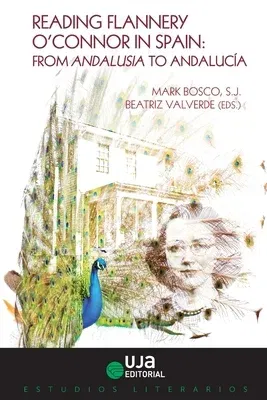This collection of essays places Flannery O'Connor's work in
constructive and collaborative dialogue with Spanish literature and
literary aesthetics. The international scholars who contributed to this
volume explore the ways in which O'Connor's literary and religious
vision continues to work in the imaginations of both American and
European―mostly Spanish―authors. The subtitle of the collection―From
Andalusia to Andalucía―is a play on the name of O'Connor's family farm
in Milledgeville, Georgia―Andalusia―where she spent the last sixteen
years of her life living with her mother. It is said that the farm's
name was chosen because its location in Milledgeville was the farthest
north the Spanish explorers of the sixteenth century traveled in the
eastern U.S. before returning to Florida to establish permanent Spanish
settlements. While perhaps colloquial in its origins, it is,
nevertheless, a fitting and emblematic link between the Southern Gothic
aesthetics of O'Connor's Andalusia and the baroque heritage of southern
Spain's Andalucía.
The essays in this collection explore O'Connor's literary vision through
three interpretive lenses: first, through the relationship of the
literary grotesque (a genre that often defines her work) with the
Spanish baroque aesthetics that have come to define Spain's artistic
heritage; second, through the relationship between O'Connor's literary
imagination and the literature of other European writers that broaden
the intellectual conversation about her work; and, third, through
comparisons with other writers whose Catholic imaginations made their
work―as the Jesuit poet Gerard Manley Hopkins puts it―"counter,
original, spare, strange." As the essays contained in this volume show,
the work of Flannery O'Connor continues to bear rich intellectual and
spiritual fruit when engaging with enculturated literary and aesthetic
traditions.

